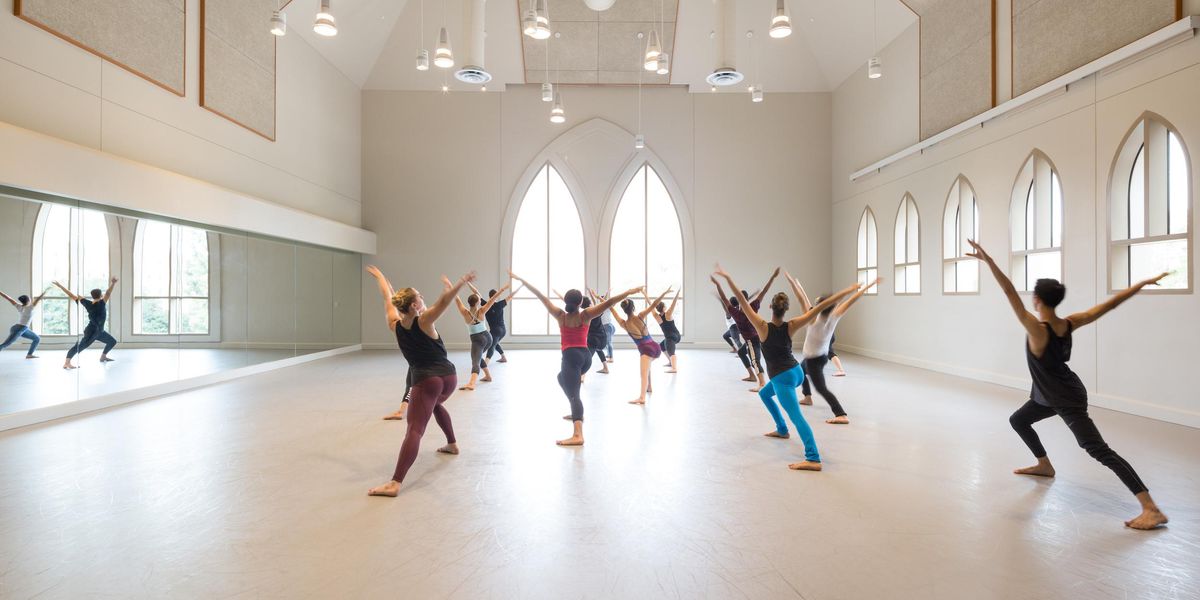Can You Win Without Tricks?
Many artists bemoan the emphasis on extreme technique at competitions. But do dancers need technical bravado to place?
Judges agree that tricks can have a place in competitions—but they can also be a gamble. PC Break the Floor.
Dancers today are capable of more than ever in the way of turns, leaps and acrobatic feats. Nowhere is this more evident than at competitions, where it seems like the bar for virtuosity rises every year. Many people argue that we’ve gone too far, and competitors shouldn’t be so focused on double-digit pirouettes and flips. Dance is an art form, and there must be ways to judge a performer that have to do more with quality than quantity.
But can a dancer take home a medal without pyrotechnics? Or have expectations risen so high that judges will overlook a piece of choreography without that “wow” factor?
“It all depends on what kind of competition it is,” says Peter Stark, associate director of Boston Ballet II, head of the men’s program at Boston Ballet School and a judge at Valentina Kozlova International Ballet Competition. “If it’s for students, where we are judging potential and looking for dancers we can shape, tricks are less important. But at competitions for professionals, we need to see fully formed dancers.”
Stark says that who the judges are matters too, as you are most likely to find school directors judging student competitions and artistic directors judging professional competitions. Company directors want professionals to show the extent of their range—including their virtuosity. A certain level of technical prowess is necessary not just to win a competition, but to get a job.
But tricks can be a gamble. When performed
without technique, they simply highlight the limitations of the dancer. “Too often we see technique compromised for the sake of the trick,” says Shelly Power, incoming director of the Prix de
Lausanne. “Pushing through is dangerous if that foundation is not really there.” Dancers will lose points for attempting a trick they can’t pull off.
Choreographer Al Blackstone insists he’d rather see two clean pirouettes on a straight leg and strong demi-pointe than five messy spins. Still, he admits there is a place for a meaningful “wow” moment. “One beautiful trick that is emotionally driven is worth a thousand that have no context,” says Blackstone, who judges for JUMP Dance Convention. He gives the highest scores to dancers who can connect to and move an audience. “Don’t focus on what you can do, but what you can say.”
Artistry can have a virtuosity of its own, adds Stark. “The dancer can have a nuanced use of emotion and musicality that stands out,” he says. He admits that strong choreography also factors into the equation. “A dancer can be a muse to a tremendous piece of choreography,” says Stark. “A mediocre dancer can move up with a strong piece of choreography.”
A dancer’s physicality can also make a tremendous impact, as a bare-bones trick-less piece can bring forth other qualities. “If a dancer’s body is ideal, a simple piece of choreography without tricks can really emphasize the dancer’s physical presence,” adds Stark.
But if the dancer has the ability to turn and leap with bravado and polish, that’s a skill, and judges agree it will be rewarded. “Tricks push the dancer and in some instances it’s correct,” says Power.
The most successful dancers are the ones who bring it all together: an amazing dancer in a strong piece of choreography that includes some awe-inspiring technical bravado performed with exquisite artistry. “Ideally, we are looking for everything—line, form, placement and balance,” says Stark. “We want it all.”




